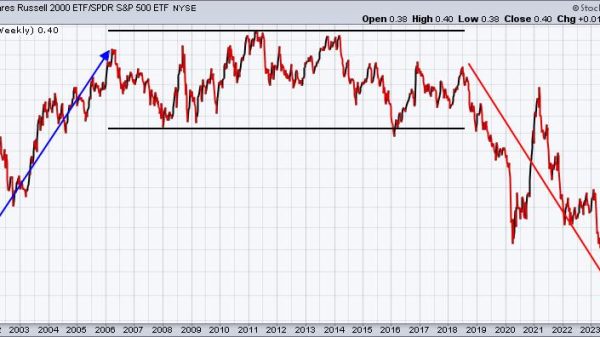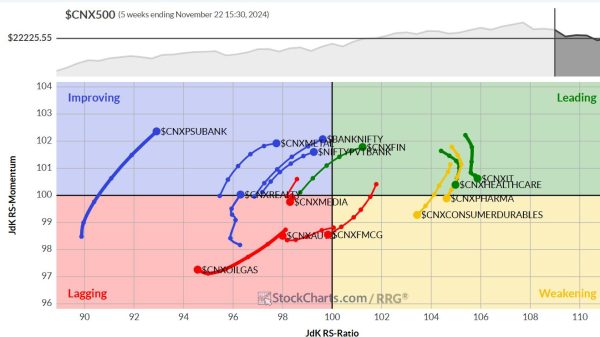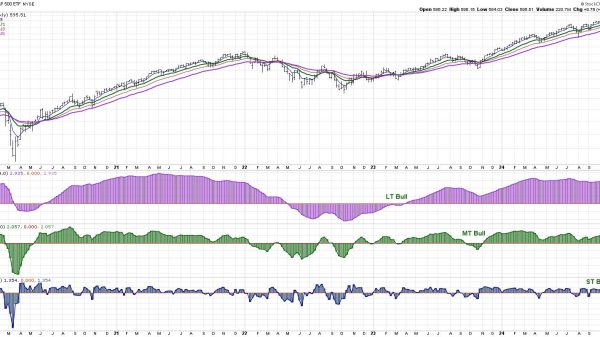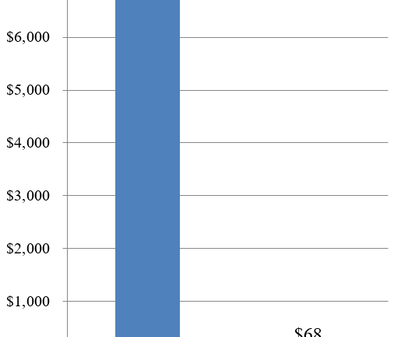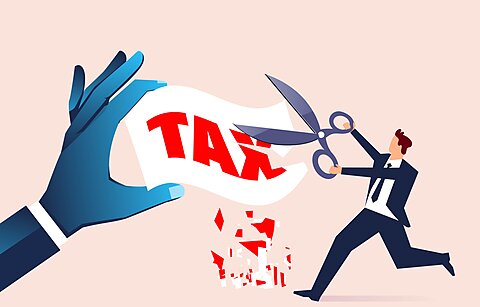Adam N. Michel
New research shows that the 2017 tax cuts significantly raised business investment and boosted economic growth. This most recent study is the latest entry in a long catalog of economic research that finds taxes matter for investment, economic growth, and labor market outcomes. Despite this history of robust results, a recent American Compass report argues that the 2017 Tax Cuts and Jobs Act did not significantly impact the economy. More sophisticated economic analyses almost universally find the opposite: taxes matter for investment and growth.
Economists have known this for decades. In a 2012 academic literature review, Will McBride summarizes 26 studies on the empirical relationship between taxes and economic growth. He finds that “all but three of those studies, and every study in the last fifteen years, find a negative effect of taxes on growth.” The research also consistently finds that corporate income taxes are the most economically harmful.
In a more recent 2019 retrospective review of new empirical fiscal research following the 2008 financial crisis, Valerie Ramey shows that, almost universally, tax increases are estimated to reduce GDP. The most consistent result from the time series estimates reviewed shows that GDP declines by between two and three times the revenue the new taxes raise.
The most recent entry in this long list of research uses variations in how the 2017 tax reform impacted different corporations differently. The researchers estimate that the tax cut “caused domestic investment of firms with the mean tax change to increase by roughly 20% relative to firms experiencing no tax change.” The authors extrapolated their short‐run estimates to assess the long‐run effects of the law. Their results are consistent with some of the most optimistic modeling of the TCJA’s economic and revenue effects, finding significant increases in capital stock, productivity, and wages.
Numerous individual studies looking across multiple policy changes and using different empirical techniques come to similar conclusions:
Using a narrative method to determine fiscal policy changes, Christina and David Romer found that a tax increase equal to one percent of GDP has a “consistently negative” effect on the path of real GDP, and “the maximum effect is a fall in output of 3.08 percent after ten quarters.” They find the same tax increase results in an 11 percent decline in gross private domestic investment almost three years after the change.
Using a structural vector auto‐regression approach, Andrew Mountford and Harald Uhlig build on earlier research to find “a maximal present value multiplier of five dollars of total additional GDP per each dollar of the total cut in government revenue five years after the shock.”
Combining empirical methods, Karel Mertens and Morten Ravn found that a one percent cut in the personal income tax rate boosts real GDP per capita by up to 1.8 percent. That translates to a multiplier similar to those described above of about 2.5. They found that a one percentage point cut in the corporate tax rate boosts GDP by as much as 0.6 percent and has “no significant impact on revenues.”
When investigating more targeted reforms to reduce effective tax rates on new business investments, Eric Zawick and James Mahon found that expensing “raised investment in eligible capital relative to ineligible capital by 10.4 percent between 2001 and 2004 and 16.9 percent between 2008 and 2010.” They also found that smaller firms and those with tight cash flow show the biggest investment response.
Ultimately, the economic history of any specific reform will be confounded by numerous concurrent events. In the case of the Tax Cuts and Jobs Act, its positive economic effects were undermined by President Trump’s trade policies, and COVID-19 truncated the economic record. Despite these headwinds, the reform’s key changes to the corporate tax rate and allowance for full investment deductions had a measurable positive effect, in line with the historical record.
Across this body of research, specific methods may be subject to critique, and the estimates are not all directly comparable; however, studies consistently show a positive effect of tax cuts on investment and economic growth. Economic theory also supports these results. When you lower effective tax rates on work and investment, you should expect to get more of each.






